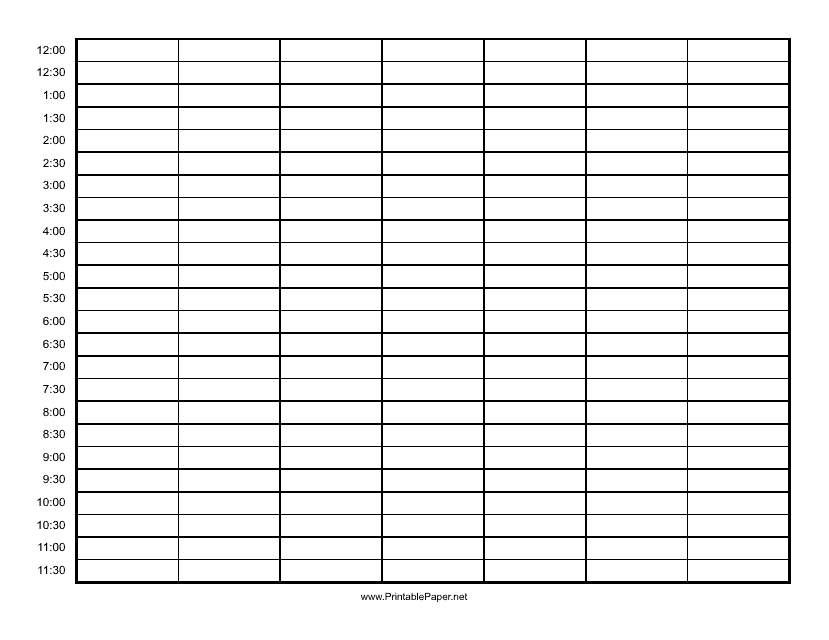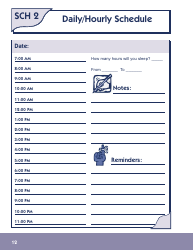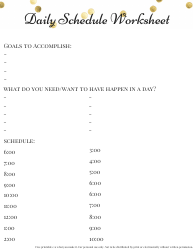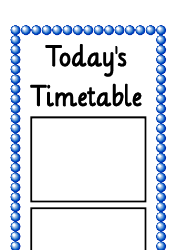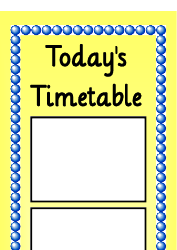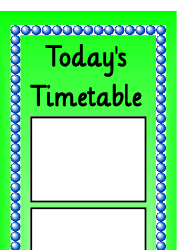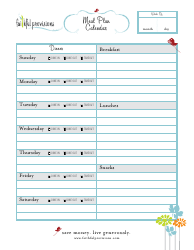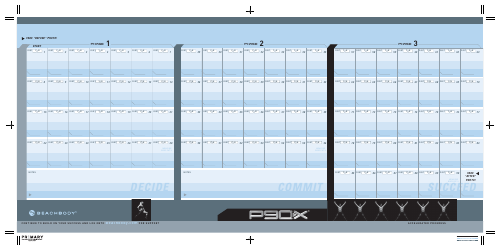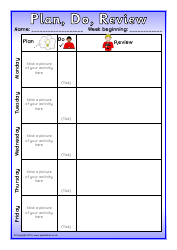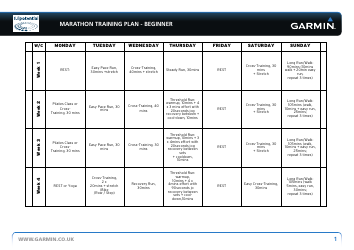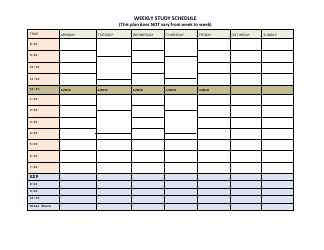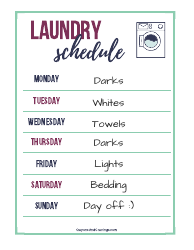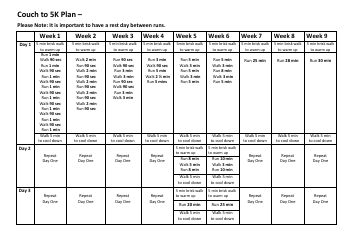Hourly Schedule Template
An Hourly Schedule Template is a document that helps in organizing and planning one's daily activities hour by hour. It is commonly used as a tool for time management and to keep track of appointments, tasks, and other responsibilities throughout the day.
The employee or their supervisor typically files the Hourly Schedule Template.
FAQ
Q: What is an hourly schedule template?
A: An hourly schedule template is a pre-designed document that helps you plan and organize your day hour by hour.
Q: Why would I need an hourly schedule template?
A: You might need an hourly schedule template to effectively manage your time, set priorities, and ensure you stay on track with your tasks and appointments.
Q: What are the benefits of using an hourly schedule template?
A: Using an hourly schedule template can help you stay organized, increase productivity, manage your time more efficiently, and reduce stress.
Q: How do I use an hourly schedule template?
A: To use an hourly schedule template, simply fill in your planned activities, tasks, or appointments for each hour of the day. Make sure to prioritize your tasks and allocate appropriate time for each activity.
Q: Can I customize an hourly schedule template?
A: Yes, most hourly schedule templates can be customized to fit your specific needs. You can add or remove columns, change the layout, and personalize it according to your preferences.
Q: Are there different types of hourly schedule templates?
A: Yes, there are various types of hourly schedule templates available, such as daily, weekly, or monthly schedules. You can choose the one that best suits your needs and preferences.
Q: Can I use an hourly schedule template for both personal and professional purposes?
A: Yes, an hourly schedule template can be used for both personal and professional purposes. It can help you stay organized and manage your time effectively in any aspect of your life.
Q: What are some tips for using an hourly schedule template effectively?
A: Some tips for using an hourly schedule template effectively include setting realistic goals, prioritizing tasks, allowing flexibility for unexpected events, and regularly reviewing and adjusting your schedule.
